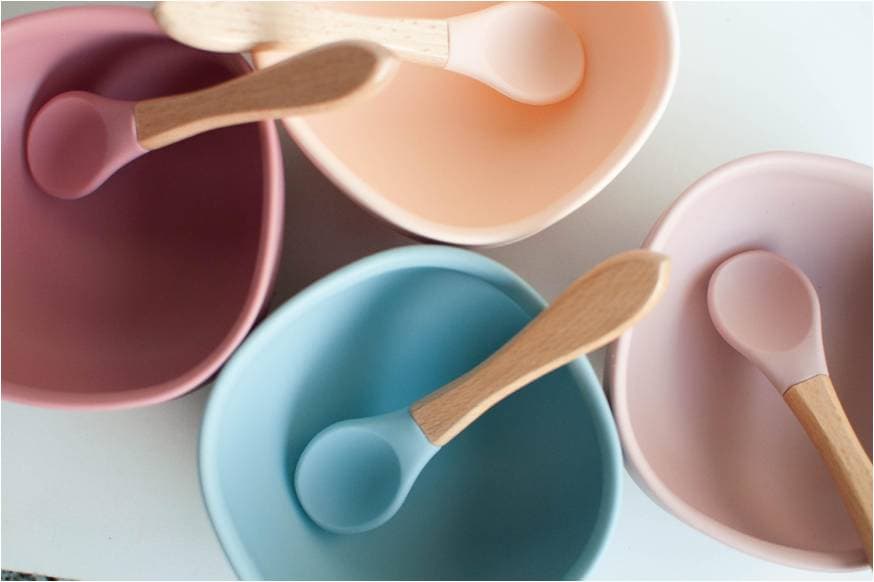What was the challenge or problem to solve?
The customer only had a basic volumetric model, so in order to carry out the project it was first necessary to digitize the model using reverse engineering and 3D modeling techniques to prepare the mold to be printed.


How was it addressed or what was the solution?
First, the Product Development team modeled in 3D the geometry of the customer’s mock-up using CAD programs and reverse engineering techniques.
Once the part was defined, a basic elastomer casting mold was made based on this geometry that would allow us to produce parts with the same shape but using materials of different hardnesses.
Once a series of parts were produced in a range of hardnesses established by the customer in materials very similar to the elastomers that would be used for the final products, tests of use were carried out with these parts and the customer was able to decide which hardness was suitable for his project.
In this way, thanks to prototyping, it was possible to solve the customer’s need, without making a very high investment in injection molds and allowing them to make some final changes in the geometry prior to final production.
Challenge
- Digitization of a volumetric mock-up
- Manufacture of 3D printed mold
- Selection of the most suitable materials for the product
Solution
- Reverse engineering for customer part modeling
- Manufacture of functional prototypes using semi-industrial techniques to validate materials and geometries
- Search for materials and processes for the manufacturing of final parts

